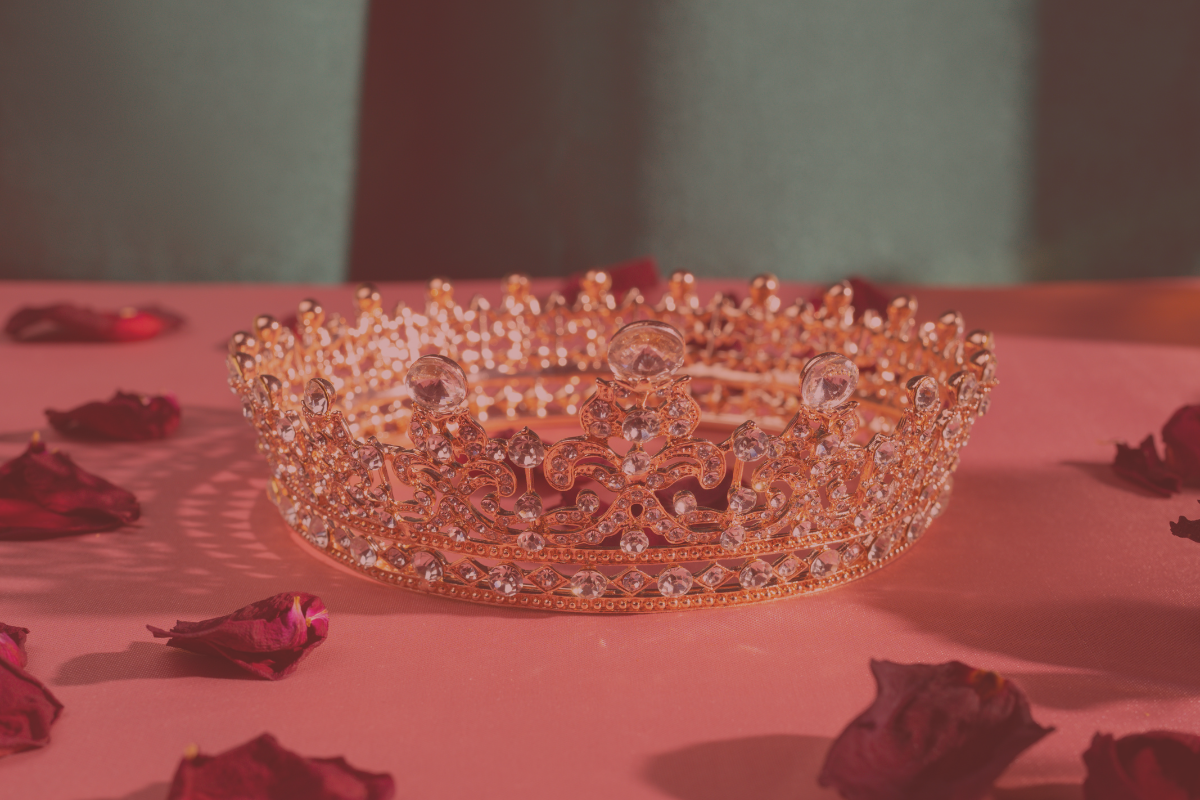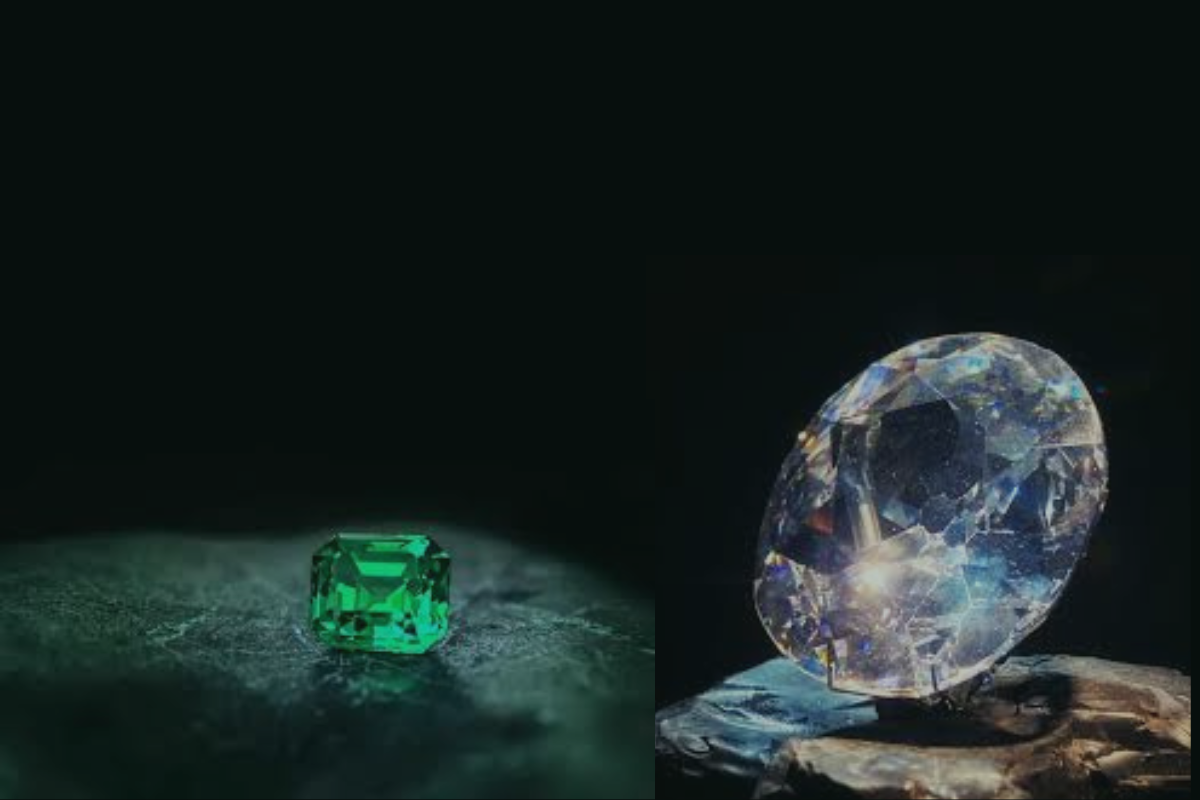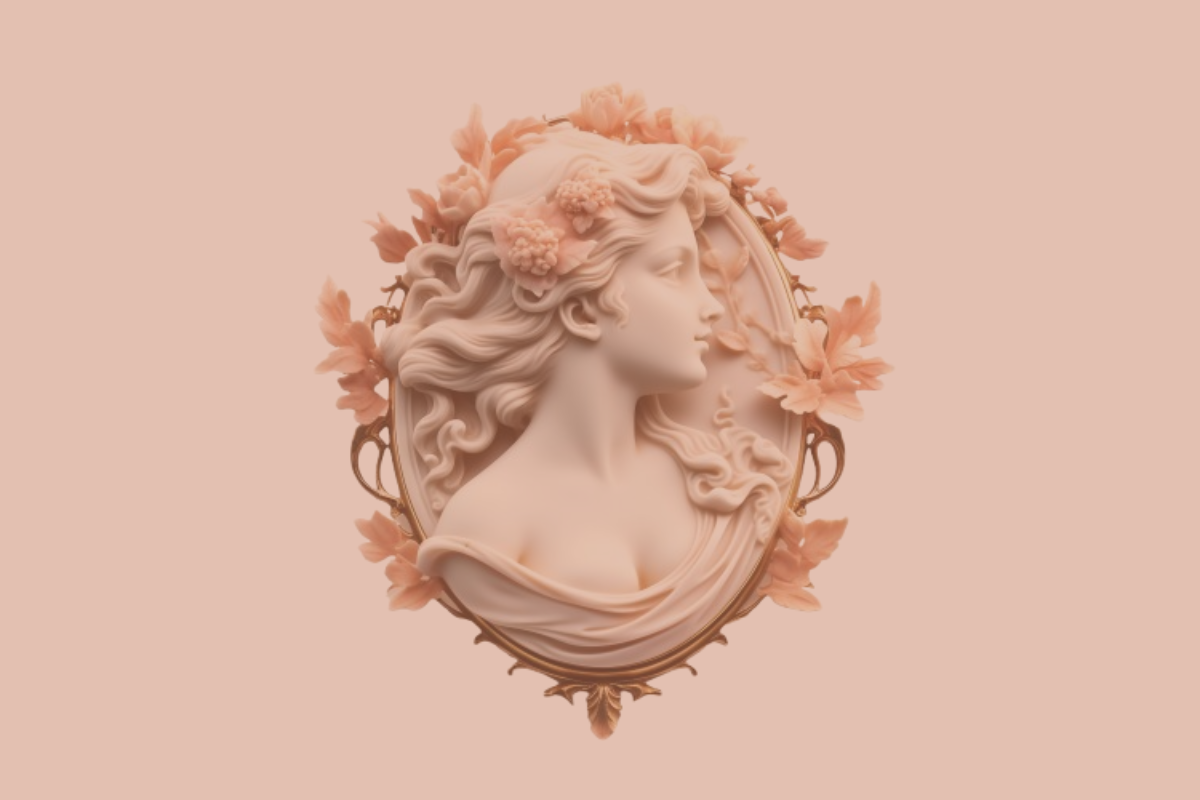The recent jewellery theft at the Louvre has profoundly shaken both the jewellery industry and the field of museum security. The Louvre, renowned for its impenetrable protection systems, became the stage for an operation that required meticulous planning. According to the latest reports, shortly after opening, four criminals managed to enter through a window using a freight elevator, stealing eight jewels in just seven minutes. The Paris prosecutor’s office estimated the value of these items at 88 million euros. Among the stolen pieces were unique jewels once belonging to French nobility—objects steeped in history and cultural significance. The loss is not merely financial; it represents an immeasurable blow to historical heritage.
The heist at the Louvre, which involved jewels adorned with diamonds, sapphires, and emeralds masterfully crafted by the French jewellery school of the 19th century, is not only a staggering criminal act. It is a harbinger of the destruction of beauty, as the historical and cultural value of these pieces makes their loss economically and culturally devastating.
Dating back to the French imperial era, the stolen jewels include the Imperial Crown of Empress Eugénie—which, according to witnesses, fell during the thieves’ escape and was later recovered outside the museum—along with the empress’s tiara and reliquary brooch.
The recovered crown is a masterpiece created in the 1850s for the Bonaparte family—one of the few crowns belonging to a French sovereign still in existence. Crafted by jeweller Alexandre-Gabriel Lemonnier and presented at the 1855 Universal Exposition, the crown, measuring 13 cm high and 15 cm wide, is set with 1,354 diamonds and 56 emeralds, all surmounted by eight eagle-shaped arches on a chiseled gold base, according to the object’s catalogue entry at the Louvre. Commissioned for the wife of Napoleon III, it is, along with that of Louis XV, one of the only crowns of a French monarch to have survived. The crown of Napoleon III, created around the same time, has been lost. The Louvre acquired this jewel on 29 February 1988, with the assistance of art collector Roberto Polo. After belonging to the Empress, the crown was bequeathed to Princess Maria Clotilde Bonaparte.
Below is the official list released by the Ministry of Culture:
• A diadem from the parure of Queen Marie-Amélie and Queen Hortense
• A sapphire necklace from the parure of Queen Marie-Amélie and Queen Hortense
• Earrings made with two stones from the sapphire parure of Queen Marie-Amélie and Queen Hortense
• An emerald necklace from the parure of Marie-Louise
• A pair of emerald earrings from the parure of Marie-Louise
• A brooch known as the “reliquary brooch”
• A diadem of Empress Eugénie
• A large corsage jewel of Empress Eugénie
As investigations continue, the artistic and cultural community stands in solidarity with the Louvre, reaffirming the priceless value of these treasures not only for France but for the entire world.
PUBLICATION
30/10/2025
Supplied by Assogemme













